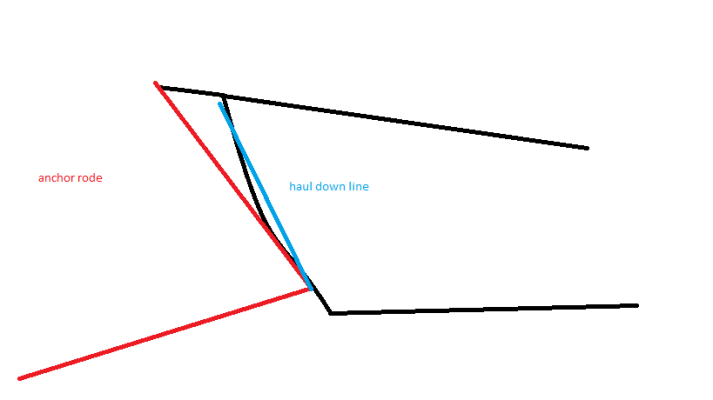eyschulman
Guru
- Joined
- Apr 1, 2014
- Messages
- 1,288
Marin if your lofrans is horizontal as I suspect There might be a reason for all chain. ( The internet site I accessed shows options for wildcats.) Depending on angle the rode comes into the wildcat there may not be all that much grip and that would work better with chain than rode. I once had a horizontal wildcat and had that problem until I devised a heavy duty roller to keep the chain and more important the rode at a low angle on approach to the wildcat and that also allowed the wildcat to get a good grip on rode. I now have a vertical unit and there is more chain and rode in contact with the wildcat so a chain rode combo works fine. As for the extra weight and chain that has become a debatable issue with modern deep set anchors. I will concede the value of chain where there is a rough bottom and chafe is an issue. The rode is stronger and more elastic than chain and if the weight is not needed with a deep set anchor other than to help the set why carry the extra weight. I do not think the last 50 foot of chain would be significant to the set. My end game is that I need no snubber it is built in and I can make do with 150ft of chain and 200ft of rode. If I went all chain for that 350 foot nose down and some loss of sea keeping do to extra weight at extreme forward end of boat.
Last edited:

